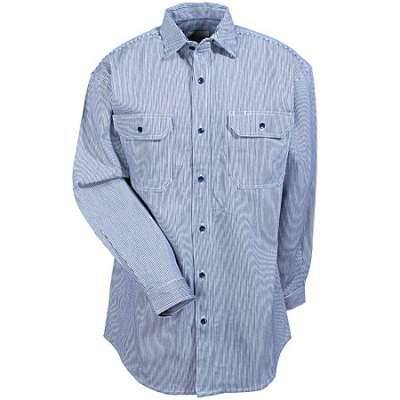The annual West End business and Professional Association Hickory Shirt/Heritage Day’s celebration will take place Oct. 7-11. The hickory shirt has long been a staple in the logger’s wardrobe but how did it happen?
The annual West End business and Professional Association Hickory Shirt/Heritage Day’s celebration will take place Oct. 7-11. The hickory shirt has long been a staple in the logger’s wardrobe but how did it happen?



